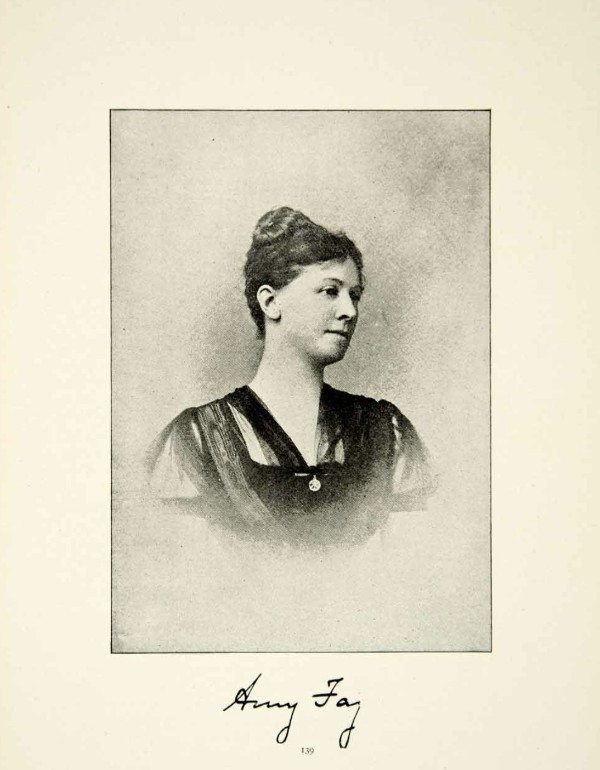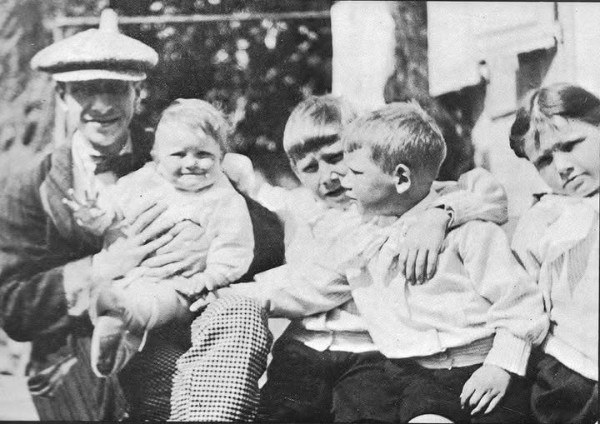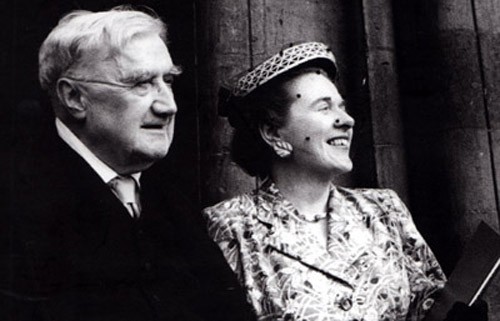Performed as part of the “La Folle Journée de Nantes Festival” in 2025, “Gershwin in New York” brought together the renowned Polish orchestra “Sinfonia Varsovia” and the multifaceted French jazz pianist and composer Paul Lay.

George Gershwin by Ken Fallin
Arte TV recorded and broadcast the concert as part of its Gershwin in New York documentary, emphasising the transatlantic voyage of Gershwin’s music, with New York as the thematic anchor.
The programme centred on Gershwin’s Rhapsody in Blue, performed in a reinterpreted version by Paul Lay, and selections from Gershwin’s song repertoire reimagined via a blend of jazz, classical, and Broadway styles.
“Gershwin in New York”
Available until 02/02/2026
Gershwin and New York

Gershwin on Broadway
George Gershwin and New York City share a profound and symbiotic bond. Born in Brooklyn to Russian-Jewish immigrants, Gershwin was a product of New York’s melting pot. He absorbed the city’s diverse sounds, and as a Tin Pan Alley song plugger, he honed his craft in Manhattan’s musical heart.
Gershwin embodied New York’s duality, simultaneously sophisticated yet approachable. He lived in elegant Manhattan apartments, yet he was equally at home in Harlem’s Cotton Club. His music is his love letter to this New York spirit, ranging from the Rhapsody in Blue, arguably the most iconic musical portrait of the city, to Broadway shows that drew on Harlem’s jazz clubs and churches.
Transatlantic Journey
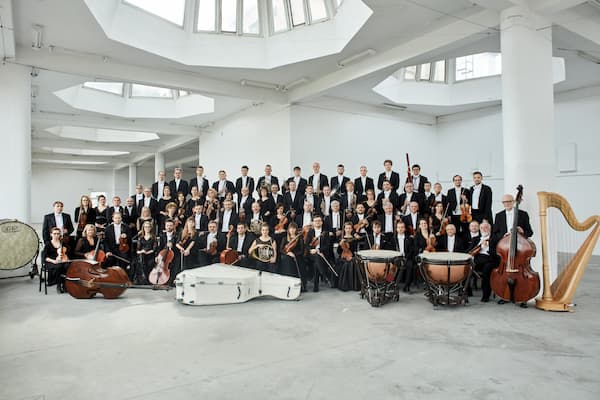
The Sinfonia Varsovia
New York gave Gershwin its rhythms, its diversity, and its stages. In return, he gave it a soundtrack that captured its essence. Born in the vibrant streets of New York City, his music embarked on a transatlantic journey that electrified European audiences. His tone poem An American in Paris, blending Parisian sophistication with the brassy swagger of a New Yorker abroad, was a transatlantic dialogue in itself.
His Broadway hits, carried across the ocean by sheet music and traveling performers, conquered European cabarets and theatres. Gershwin’s music, rooted in New York’s multicultural pulse, resonated universally, proving that the city’s energy could speak to the world. Gershwin’s songs became jazz standards, adopted by European musicians who infused them with local flair.
Paul Lay

Paul Lay
These transatlantic exchanges continue today and are carried forward by artists like Paul Lay. Initially trained in classical music, Lay discovered jazz as a teenager and was quickly drawn to its improvisational freedom and emotional depth. His work as a bandleader and collaborator reflects a distinctly French sensibility: elegant, introspective, and deeply rooted in cultural storytelling.
Lay loves to explore historical and cross-cultural themes, reinterpreting the music of George Gershwin with help from Clemens van der Feen (double bass), Donald Kontomanou (percussion), Quatuor Ellipsos (saxophone quartet), Sinfonia Varsovia, and conductor Jean-François Verdier.
Rhapsody in Blue Reimagined
Lay’s arrangement of Gershwin’s 1924 masterpiece retained its iconic elements while being infused with contemporary jazz energy. It’s been called a “new version,” with the arrangement balancing fidelity to Gershwin’s score with improvisational freedom. Tailored for a hybrid ensemble, the arrangement created a dynamic cross-genre sound.
Lay greatly expanded the piano solos with extended improvisations, while the saxophone quartet added a gritty and urban timbre, evoking New York’s Jazz Age. The Sinfonia Varsovia provided the orchestral backbone, but Lay’s arrangement streamlined some parts, specifically reducing string textures to spotlight piano and saxophone solos.
Gershwin Song Arrangements
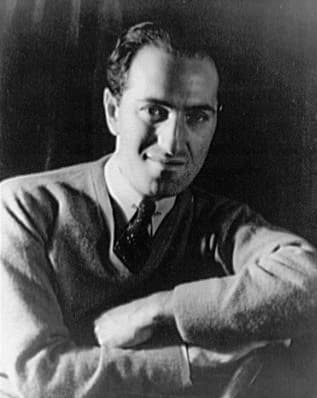
Carl Van Vechten: George Gershwin, 1937
The programme included a selection of Gershwin standards, “Nice work if you can get it,” “It aint’ necessarily so,” and “Summertime.” Although Sinfonia Varsovia added subtle string, woodwind and brass textures to selected songs, Lay’s arrangement basically retained the jazz trio vibe. He reharmonised the songs with modern jazz chords, and for “Summertime,” he added impressionistic harmonies to deepen its emotional resonance.
Social media posts called the performance “stunning in beauty, energy, and rhythm,” praising Lay’s vibrant and rhythmically compelling arrangements. To be sure, Lay’s arrangements are marked by harmonic sophistication and emotional resonance, embodying a French jazz tradition with an emphasis on artistry and innovation. As such, Lay established a vital link between jazz’s past and its future.
For more of the best in classical music, sign up for our E-Newsletter


